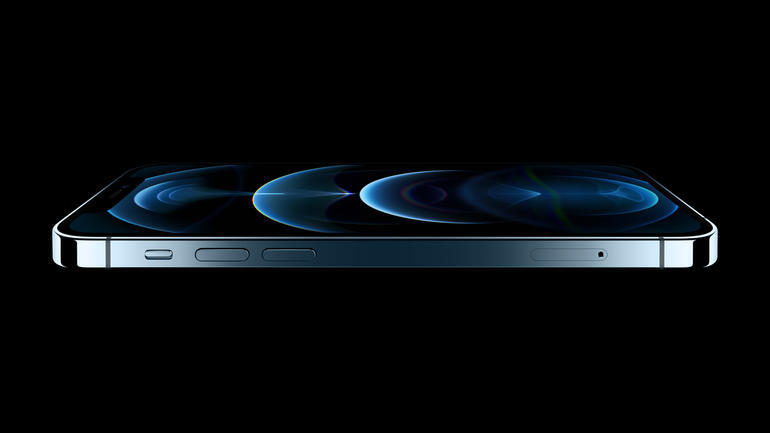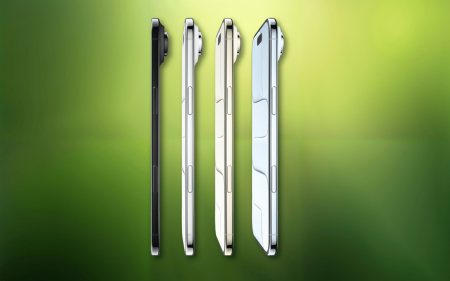After what felt like a lifetime, Apple finally decided to draw back the curtains for a proper look at its new iPhone lineup for the year. And this time, we’re spoilt for choice!
The most intriguing of the new lineup is likely the one most people will be interested in acquiring. If you’re a fan of smaller handsets and can’t stand how everything seems to become larger year-on-year, the iPhone 12 Mini will be your go-to. Keen on the base model that may not break the bank? There’s the iPhone 12 for ya. Then you get to the top-tier bois, which includes the Pro and Pro Max devices — both with cameras that’ll make Spielberg blush.
Thinking of upgrading? We’ve got the run-down of the four new iPhones right here to help you make the right choice for your needs. Of course, we’re still waiting on local pricing, but soon we’ll know exactly how much these handsets will cost South Africans. Then you can really decide.
All of the new iPhones share one thing — an updated, sleek design philosophy that puts many other devices to shame. It kind of looks like what you would get if an iPhone 11 and a new iPad Pro had a child. At the same time, it calls back to the original iPhone 4 design style with flush edges and a flush display.
The iPhone 12 and iPhone 12 Mini have an aluminium frame and come in five colour options: black, white, blue, green, and (Product)RED. Meanwhile, the iPhone 12 Pro and 12 Pro Max have stainless steel on the frame and come in gold, silver, graphite, and Pacific Blue.
All four are also fitted with Apple and Corning’s new Ceramic Shield ceramic-infused glass screen covering, which is claimed to be four times stronger in drop tests compared to the iPhone 11 line.
OLED all-round
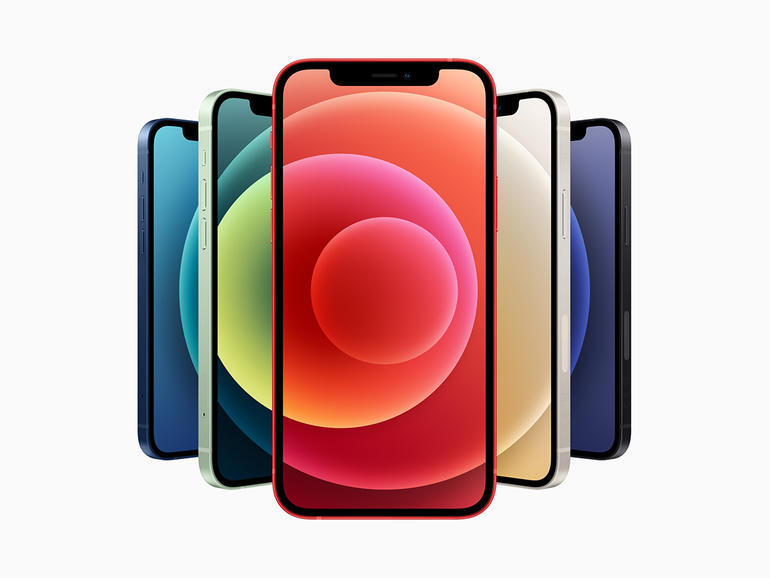 The iPhone angels have shone down upon us, and finally we can say that all of the iPhone models feature brilliant displays. All four of the iPhone 12s featureOLED Super Retina XDR screens with fairly similar pixel-per-inch (PPI) amounts — each has its own resolution, but that OLED colour reproduction and deep blacks are enough to make us cheer.
The iPhone angels have shone down upon us, and finally we can say that all of the iPhone models feature brilliant displays. All four of the iPhone 12s featureOLED Super Retina XDR screens with fairly similar pixel-per-inch (PPI) amounts — each has its own resolution, but that OLED colour reproduction and deep blacks are enough to make us cheer.
The iPhone 12 Mini has a 5.4in 2340×1080 display, while the iPhone 12 pushes that number up to 6.1in at 2532×1170. Both will have a typical max brightness level of 625 nits, or up to 1200 nits HDR max brightness. The 6.1in iPhone 12 Pro hits the same resolution mark as the standard 12, while the iPhone 12 Pro Max is the largest of the bunch at 6.7in and 2778×1284 resolution. Both Pro models have a typical max brightness of 800 nits, or 1200 nits HDR.
Beefed up
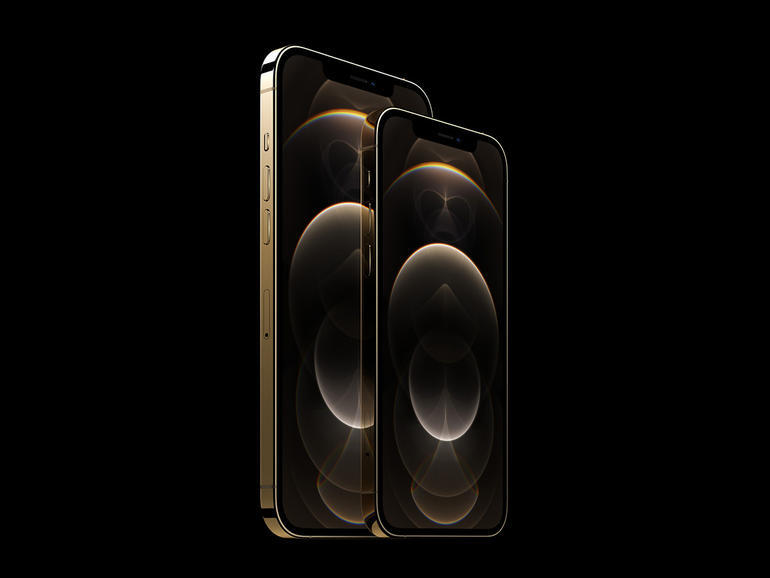 Looking at the specs on paper, these don’t look much different from their predecessors. But we reckon there’s more than meets the eye, in typical Apple fashion.
Looking at the specs on paper, these don’t look much different from their predecessors. But we reckon there’s more than meets the eye, in typical Apple fashion.
The iPhone 12 and 12 Mini models both have a pair of 12MP rear shooters — one standard wide-angle and the other ultra-wide, while the Pro and Pro Max editions add a third telephoto camera into the mix.
But those Pro models have a few details that make them pretty impressive. They’re fitted with a LiDAR depth sensor on the back, which is developed to boosts augmented reality apps and is said to improve low-light shooting too. This is something that’ll need to be tested irl, of course.
Also, the iPhone 12 Pro Max actually has some slight advantages over the smaller iPhone 12 Pro model, hitting 2.5x optical zoom vs. 2x on the Pro, with 5x optical zoom range compared to 4x on the Pro. The Pro Max’s sensor-shift optical image stabilisation is more advanced than the dual optical image stabilisation on the Pro.
All of ’em have one front-facer for selfies, sizing in at just 12MP. We’ve seen what Apple can do with a 12MP sensor — so it’ll probably do some stellar work on trying to make us look good.
Bionic-to-the-max
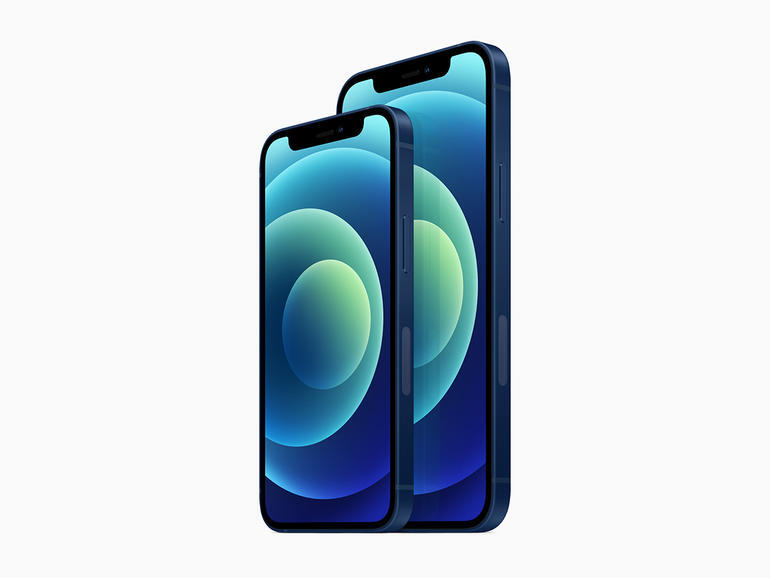 If you’re interested in raw power — this is likely where it’s going to count. All four of Apple’s new handsets are fitted with its newest Bionic architecture — the A14 chip.
If you’re interested in raw power — this is likely where it’s going to count. All four of Apple’s new handsets are fitted with its newest Bionic architecture — the A14 chip.
There might be slight RAM differences between them (we don’t know for sure yet), but we imagine performance benchmarks will be comparable. During the event, they blasted us with hard-to-comprehend numbers about the chip and its performance. That means nothing to us if we haven’t tried the thing.
Apple’s A13 chip from last year’s phone is still the most powerful smartphone processor around, and this 5nm chip is even faster. Apple does that it’s up to 50% faster in both CPU and GPU performance than any other phone chip out there, with a Neural Engine that’s up to 70% faster than the last one.
Basically — whichever iPhone you choose, they’ll all have this chip. So performance is pretty standardised across the board.
Always going
 Again, Apple is pretty good at keeping numbers that we really want to know secret. At this point, we don’t know what the battery capacities for these devices are. But we’re guessing: the bigger the phone, the bigger the battery. Some insightful science stuff happening right here.
Again, Apple is pretty good at keeping numbers that we really want to know secret. At this point, we don’t know what the battery capacities for these devices are. But we’re guessing: the bigger the phone, the bigger the battery. Some insightful science stuff happening right here.
According to the keynote last night, the iPhone 12 Mini offers up to 15 hours of video playback, while the iPhone 12 and 12 Pro both say 17 hours — and the Pro Max suggests a stellar 20 hours of video playback.
On top of that, all of the models feature Qi wireless charging, as before, but they also support Apple’s new MagSafe adapter for faster charging. There are other MagSafe accessories, too, such as a wallet attachment, docks and potentially more on the horizon.
But of course — the big news this time around was the fact that iPhones are getting 5G capability. That’s it. It has 5G.
While the iPhone 12 and iPhone 12 Mini stick with the same 64GB storage mark in the base models, the iPhone 12 Pro and 12 Pro Max have both doubled that figure to hit 128GB. You can get 128GB and 256GB models for the iPhone 12 and Mini, while the Pro and Pro Max offer 256GB and 512GB capacity options. None support expandable storage, as ever.
Initial Verdict
 This year is panning out to be an interesting one for Apple. Instead of lowballing us on ‘cheaper’ models, it is giving us the same tech in smaller packages, essentially. The Mini has a massive drawcard in that it’s smaller — a nice-to-have in a world where phones are growing by the year.
This year is panning out to be an interesting one for Apple. Instead of lowballing us on ‘cheaper’ models, it is giving us the same tech in smaller packages, essentially. The Mini has a massive drawcard in that it’s smaller — a nice-to-have in a world where phones are growing by the year.
It seems as though all of the iPhone 12 versions are pretty well-equipped, top-tier handsets. Some of them come in different colours, some have more cameras, but all of them are essentially the same.
With this in mind — the choice (especially for South Africans) will rely mostly on pricing. Once we have more of a concrete pricing structure, everything will fall into place. We expect to see quite a few iPhone 12 Mini’s out in the wild come launch day.

